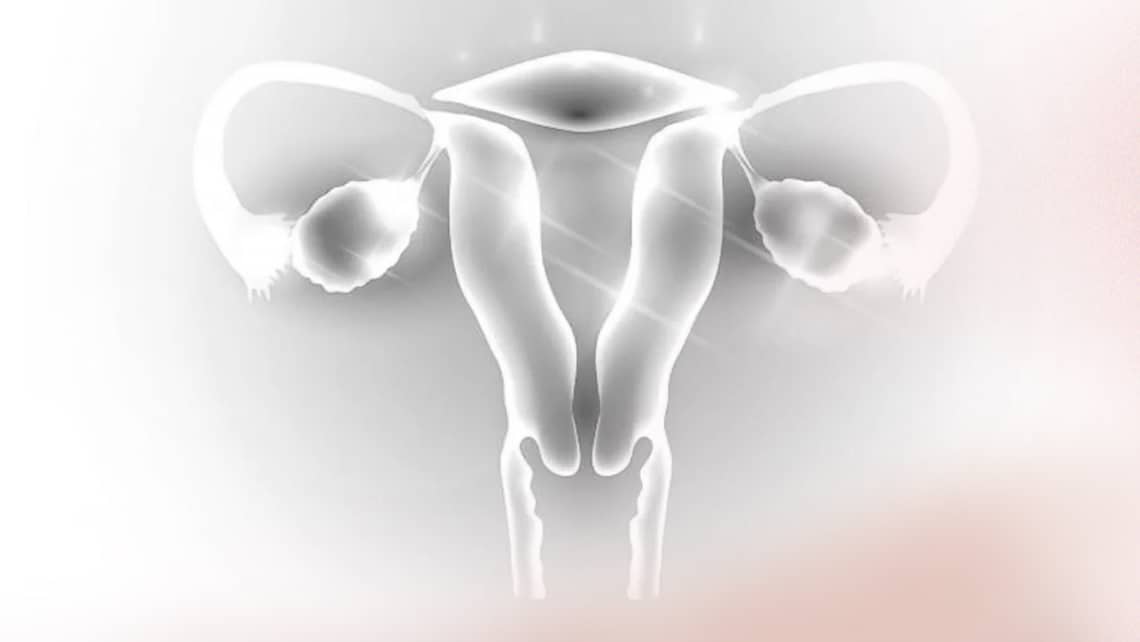
Ovarian diseases and how it affects fertility
The glands responsible for the female sexual hormones production (oestrogen and progesterone) are the ovaries; They are important hormones for proper sexual development in women, as well as playing an important role in fertility, pregnancy and the menstrual cycle. Dr Carlos Alvarado, Instituto Bernabeu’s medical coordinator at IB Cartagena, informs us about the most common and the most infrequent ovarian diseases, and how they can affect our fertility.
The ovaries are where the egg formation takes place, which will later be fertilised by a spermatozoid to produce an embryo which, when implanted in the uterus, will generate gestation. Any condition that produces a modification in its functions will produce hormonal alterations and will have an impact on fertility.
Índice
Most common ovarian deseases
It is the most common endocrine disorder in women of childbearing age and one of the most common causes of female infertility.
The medical profile can be diverse. Among the most frequent consequences are delayed menstruation and/or amenorrhoea related to anovulation. As a consequence, there is a decrease in fertility or sterility, acne, hirsutism, alopecia and metabolic syndrome.
Diagnosis requires ultrasound assessment and fulfilment of 2 of 3 Rotterdam criteria: anovulation, hyperandrogenism and polycystic ovaries.
Ovarian Endometriosis
Endometriosis is a disease in which there is a growth of endometrial tissue (the lining of the uterus) outside the uterus. These endometrial cells can reach different organs such as the bladder, bowel, tubes, ovaries, ligaments, etc. Ovarian endometriosis is one of the most common causes of endometriosis, accounting for 23-55% of cases.
Associated symptoms depend on location, size and severity degree. The most common symptoms include pelvic pain, which occurs in up to 70-75% of women and usually occurs during menstruation (dysmenorrhoea). Infertility occurs because there is a lower follicular reserve and a decrease in oocyte quality; it also has a negative influence on embryo implantation.
The most reliable diagnostic test for endometriosis is the lesion direct visualisation by laparoscopy and subsequent histological confirmation, although an appropriate ultrasound study confirming the presence of endometriomas (cysts with endometriotic content in the ovaries) is usually sufficient, as well as being supported by increased levels of Ca125 in the blood (an indicator of endometriosis).
Early Ovarian Failure
It is a disease with diverse aetiology where a decrease or absence of follicles (ovarian reserve) occurs. Ovaries stop functioning, partially or completely, all before the age of 40. The most frequent cause is unknown (idiopathic), but it may be due to genetic causes (Fragile X Syndrome, Turner Syndrome, etc.), autoimmune (thyroid disease, adrenal gland disease), endocrine or secondary to chemotherapy/radiotherapy treatments, removal of the ovaries.
The main reason for consultation is the absence or alteration of menstruation (in hidden ovarian failure, menstruation remains unchanged); fertility problems; as well as symptoms of oestrogen deficiency such as hot flushes, vaginal dryness, decreased libido, mood disorders, insomnia, osteopenia/osteoporosis, among others.
Diagnosis should be made in the presence of amenorrhoea (absence of menstruation for more than 4 months). A detailed clinical history will be taken, looking into family history, as well as an ultrasound scan to assess ovarian reserve. We will rely on hormone analyses such as: FSH, LH, Estradiol, Anti-Müllerian Hormone. If this pathology is confirmed, additional studies will be necessary to investigate the cause.
Less common ovarian diseases
Ovarian cancer
Ovarian cancer is the fourth most common female cancer (Spanish Association Against Cancer), but it is the leading cause of death in gynaecological cancers. Represents about 4-5% of female tumours.
Symptoms usually appear in advanced stages of the disease, making diagnosis difficult and worsening the prognosis of the disease. Pelvic pain, a feeling of heaviness, weight loss, abnormal menstruation, abdominal distension, etc.
Diagnostic suspicion is made during an ultrasound scan, but the definitive diagnosis is made by the tumour biopsy, which is usually performed during surgical removal. In addition, imaging tests are performed to assess the degree of extension such as CT or MRI scans, molecular tests to look for specific genetic changes in order to provide targeted treatment or immunotherapy.
Other cancers
Chemotherapy and/or pelvic radiotherapy treatment can affect female fertility by causing irreversible damage to ovarian tissue. In chemotherapy, the condition depends on the type of drug and the dose administered; thus, cyclophosphamide, a commonly used drug, causes the greatest damage to ovarian reserve. Others directly affect oocyte and granulosa cell production (cisplatin and doxirubicin). Radiotherapy, depending on the location and dose irradiated, causes destruction of ovarian tissue and small follicles, with consequent irreversible damage to ovarian reserve. It is important for the specialist to be able to inform and guide women who will undergo these treatments and have pregnancy desire, and to refer them to assisted reproduction units in time to be able to preserve oocytes or ovarian tissue cortex (in those in whom it is not possible to preserve oocytes) so that, later, when the disease is under control, pregnancy can be attempted with the various assisted reproduction techniques.
Fertility diseases impact
All these diseases affecting ovaries also have an impact on their function, altering the female reproductive capacity. If the appropriate measures are not taken, they can even lead to irreversible sterility. There are various treatments to induce ovulation with drugs such as clomiphene citrate, letrozole, follicle stimulating hormone (FSH). In addition to insemination or in vitro fertilisation (IVF) treatments (with different stimulation protocols personalised to each need). In the event that fertility is to be preserved due to an age factor or because a gonadotoxic treatment or surgical procedure is to be received, the oocytes and/or ovarian cortex can be preserved for subsequent re-implantation. The purpose of these treatments is to restore the woman’s reproductive capacity.
Dr Carlos Alvarado gynaecologist at Instituto Bernabeu
